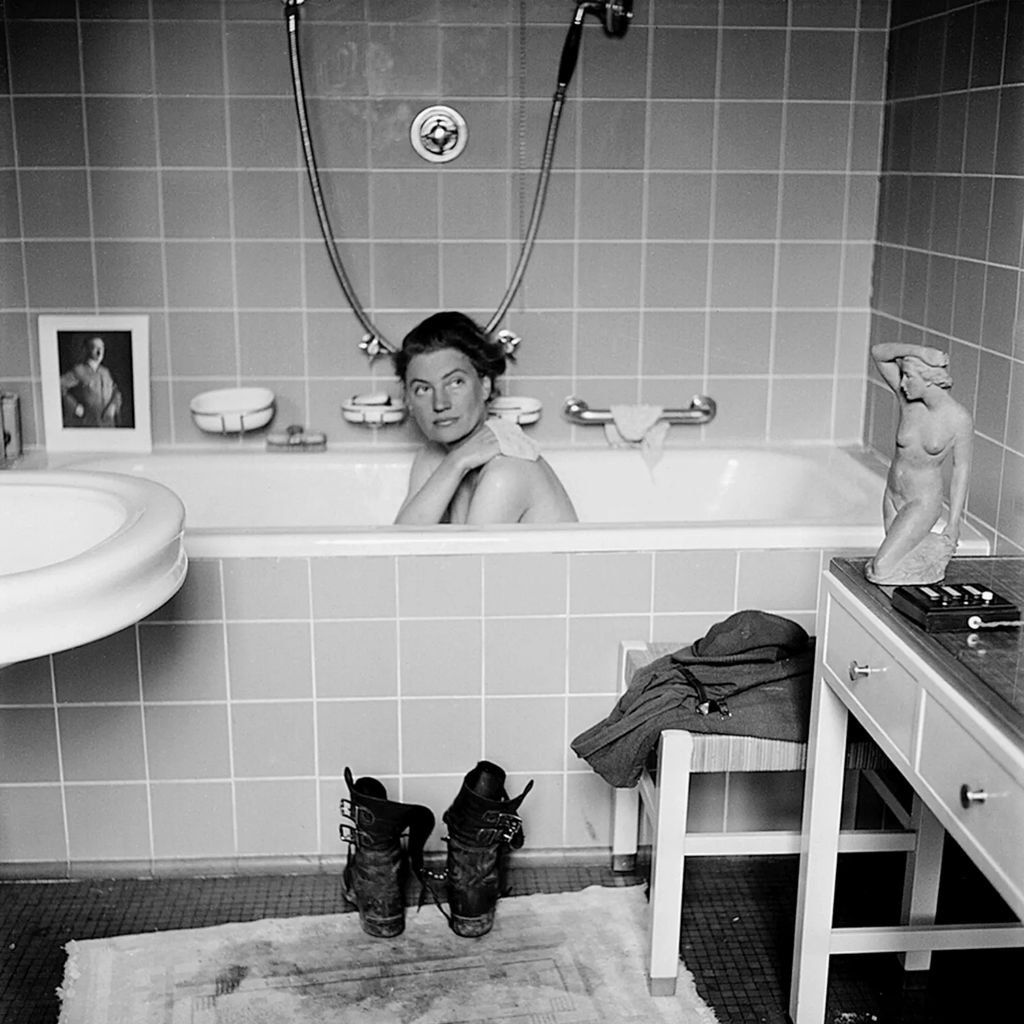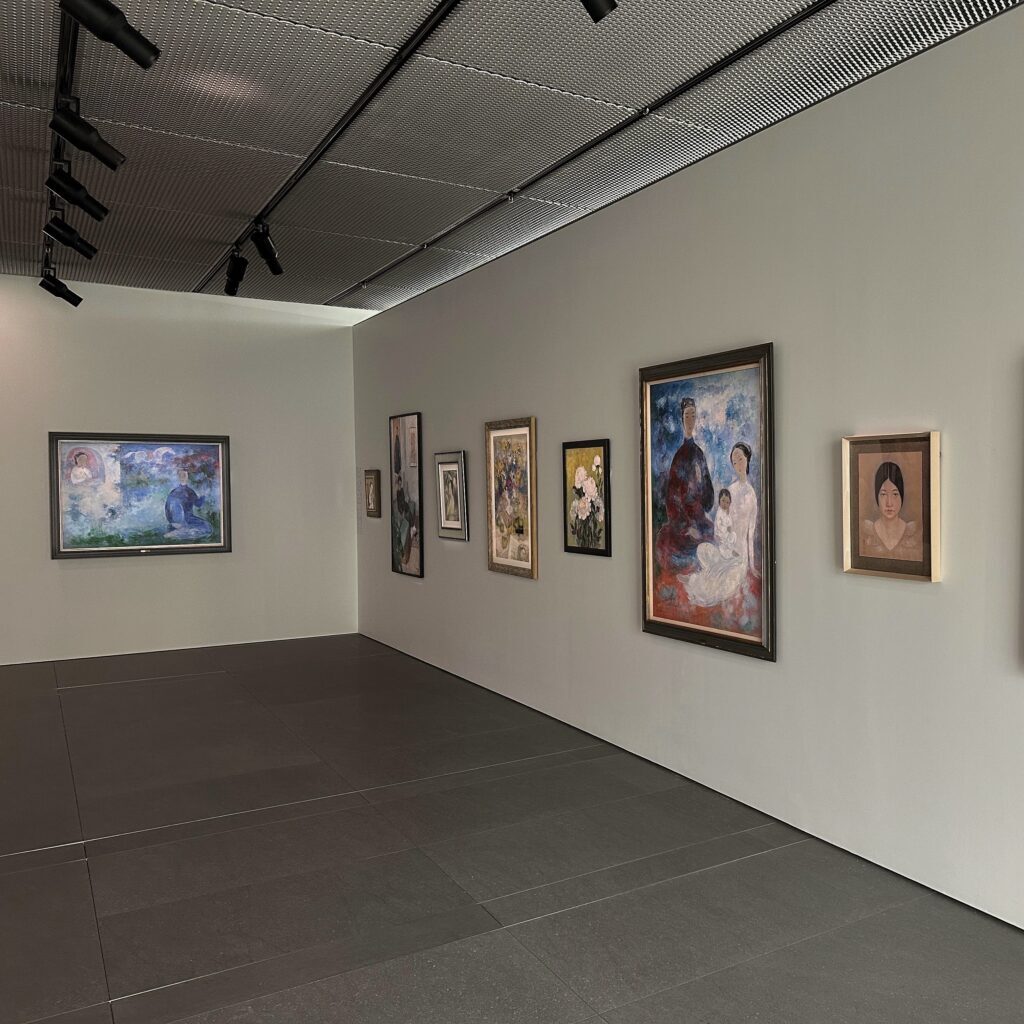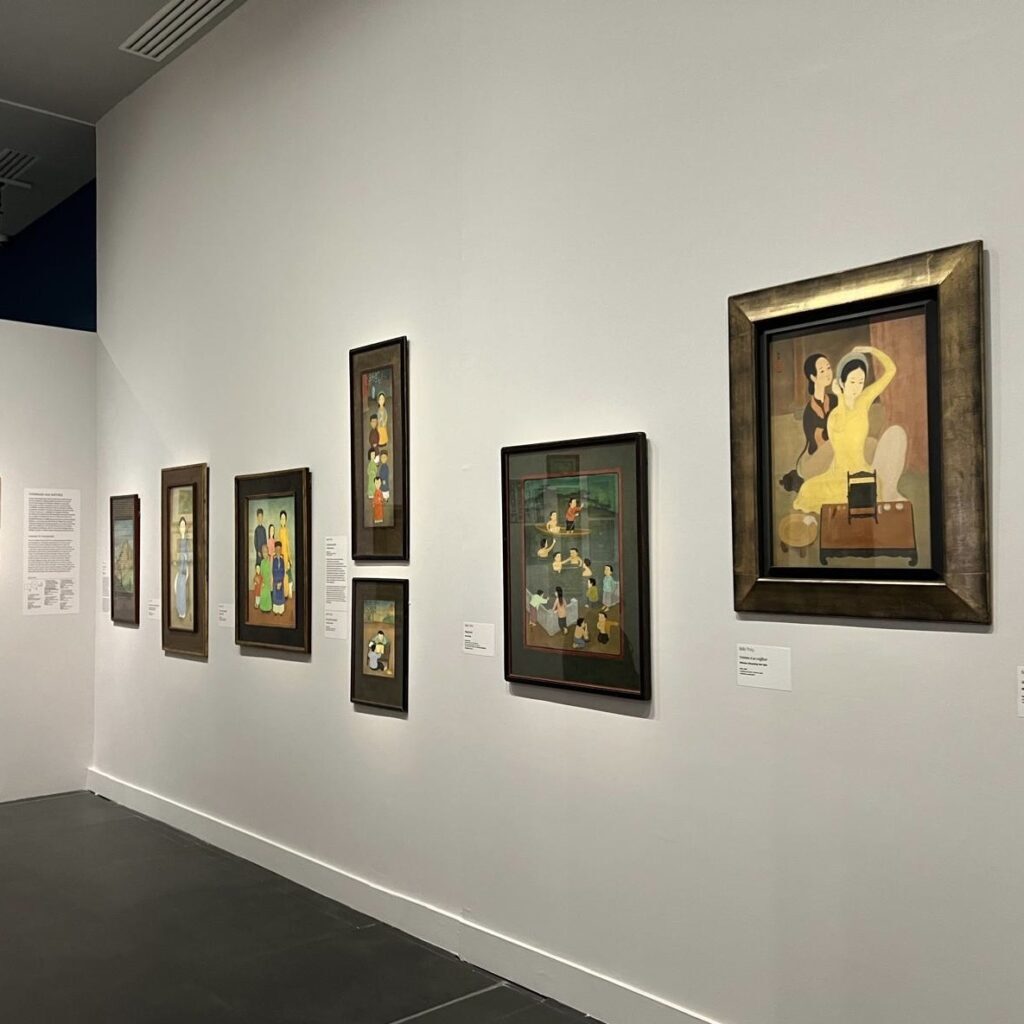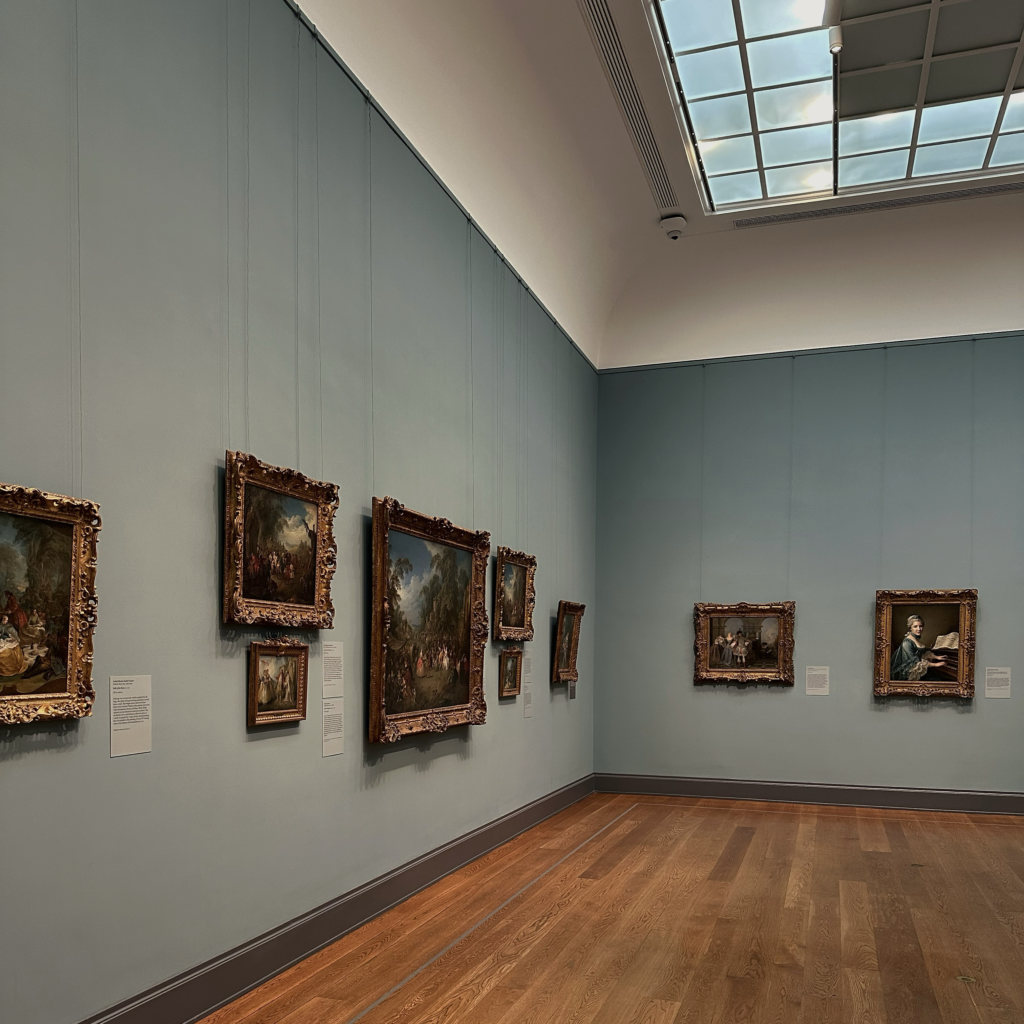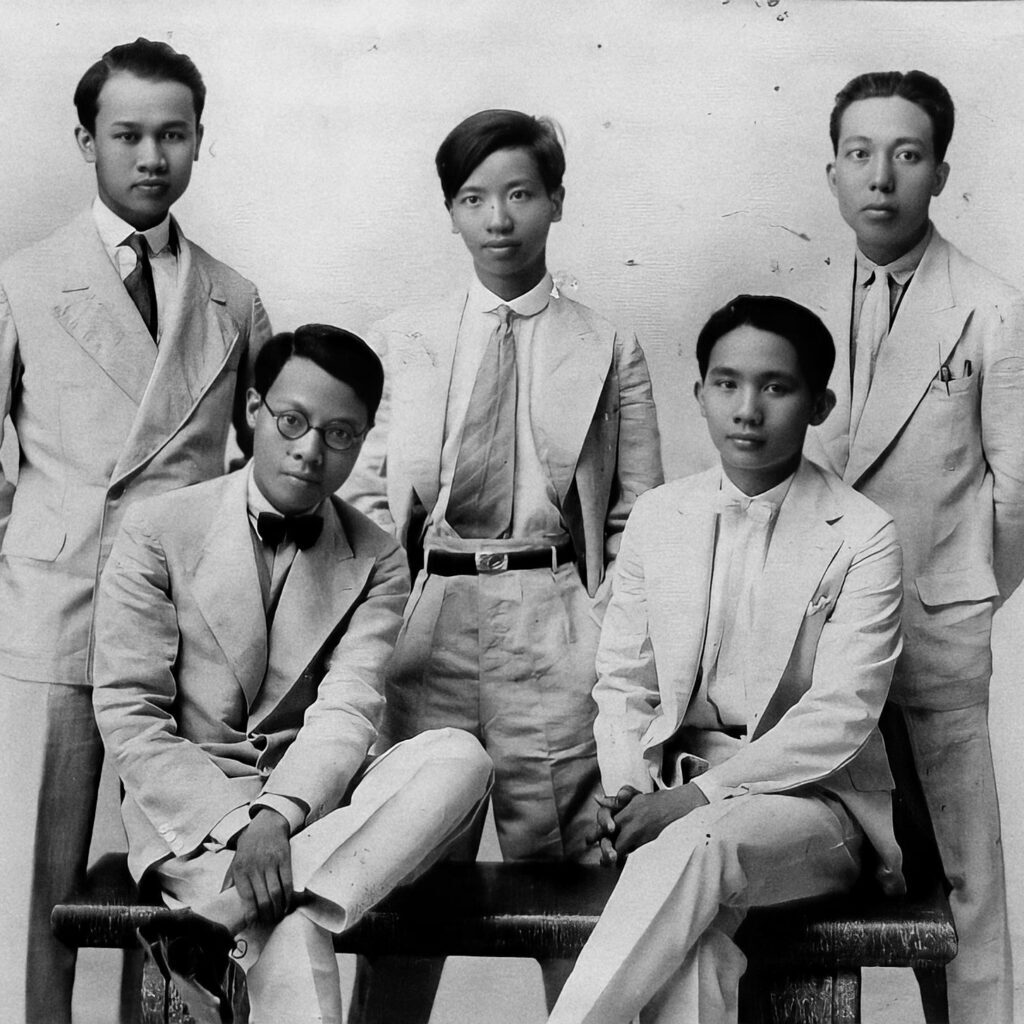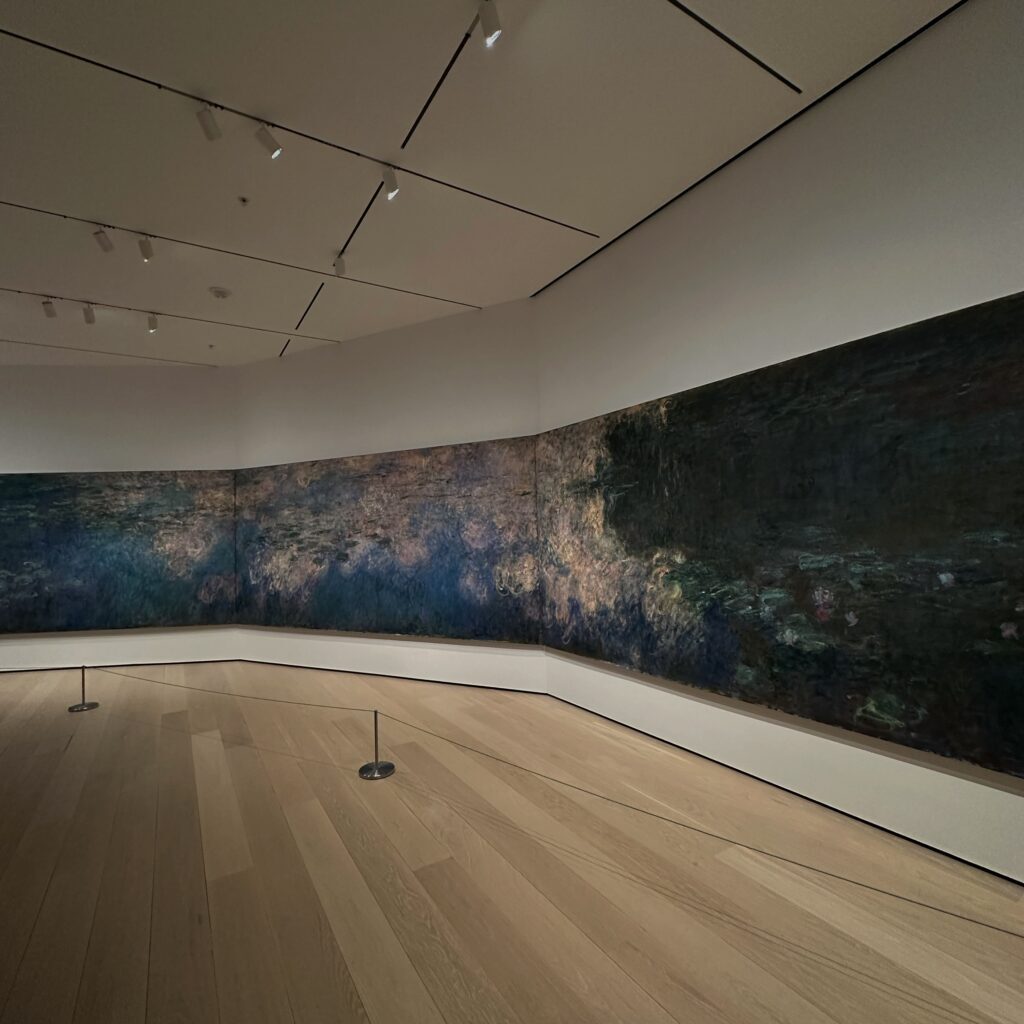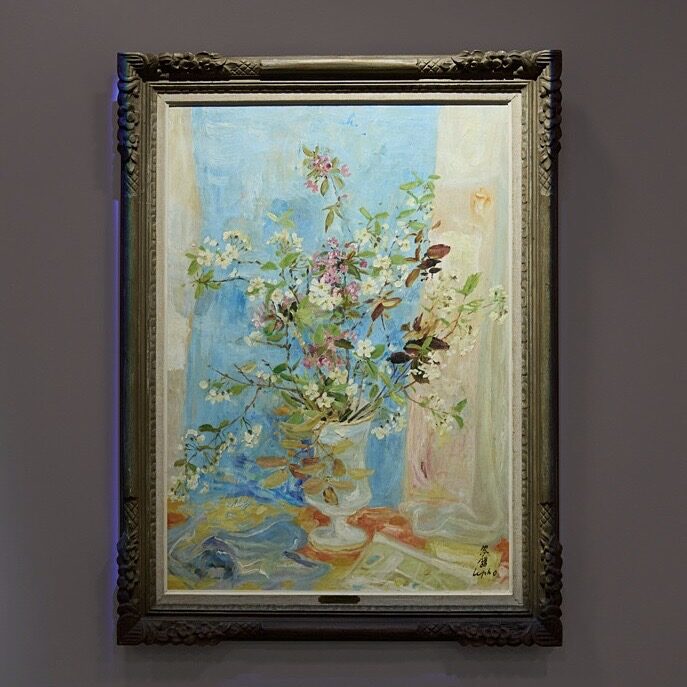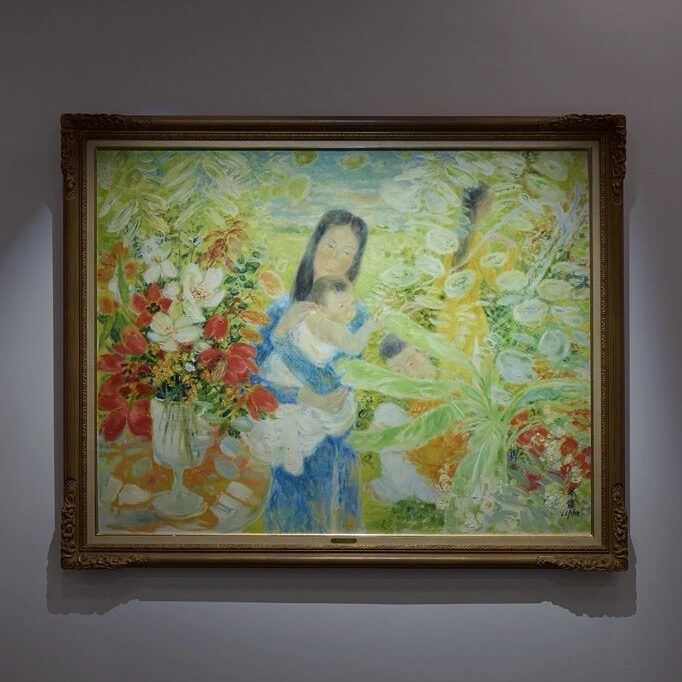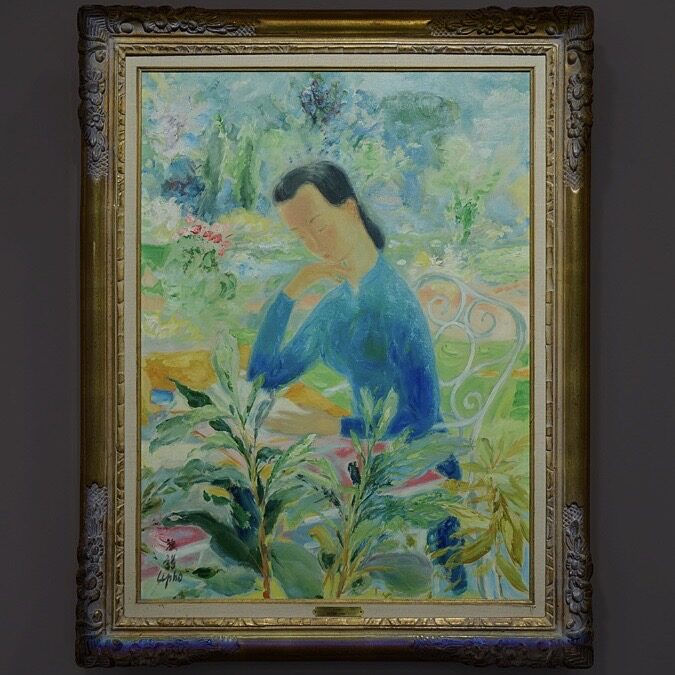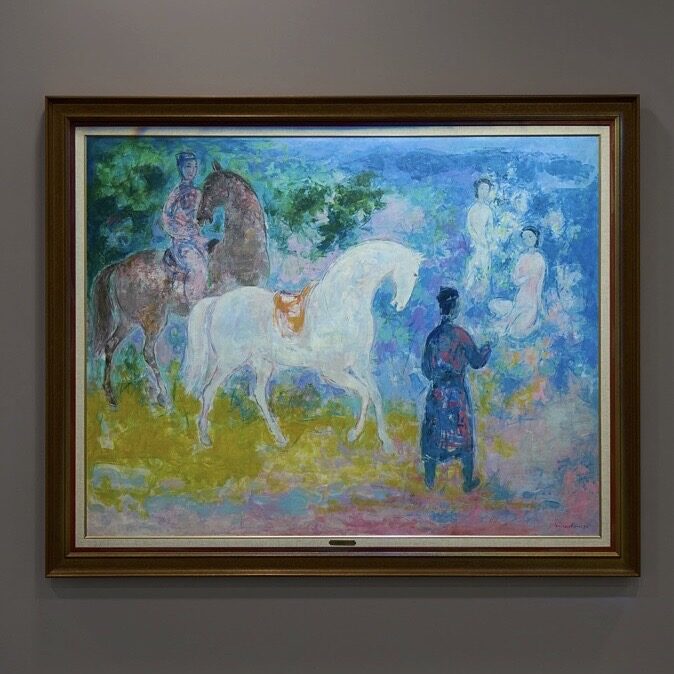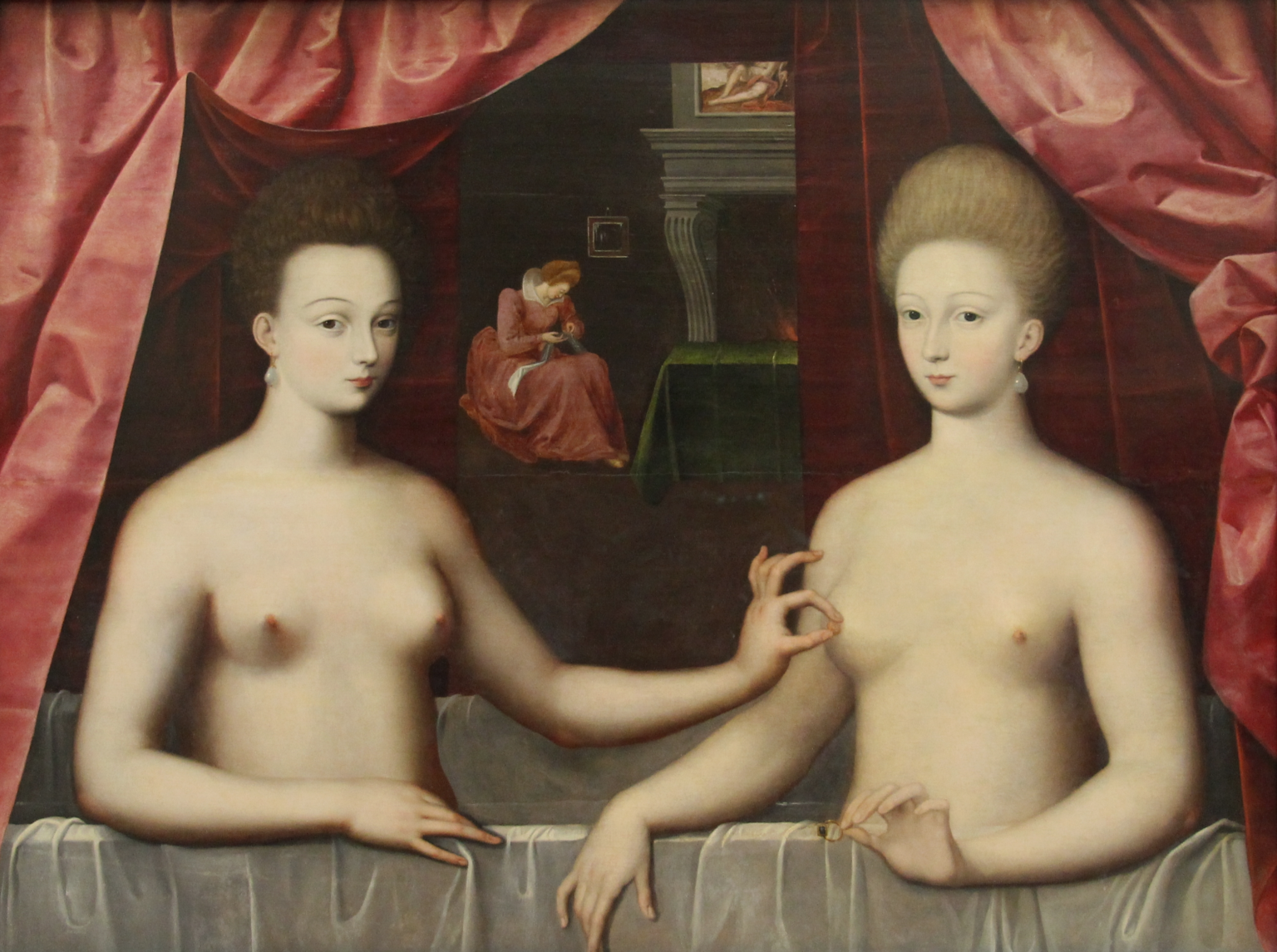
Gabrielle d'Estrées (France, 1573-1599)
Gabrielle d'Estrées et une de ses soeurs
oil on wood
96 × 125 cm.
painted around 1575-1600
Collection of École de Fontainebleau, Louvre Museum, Paris, France
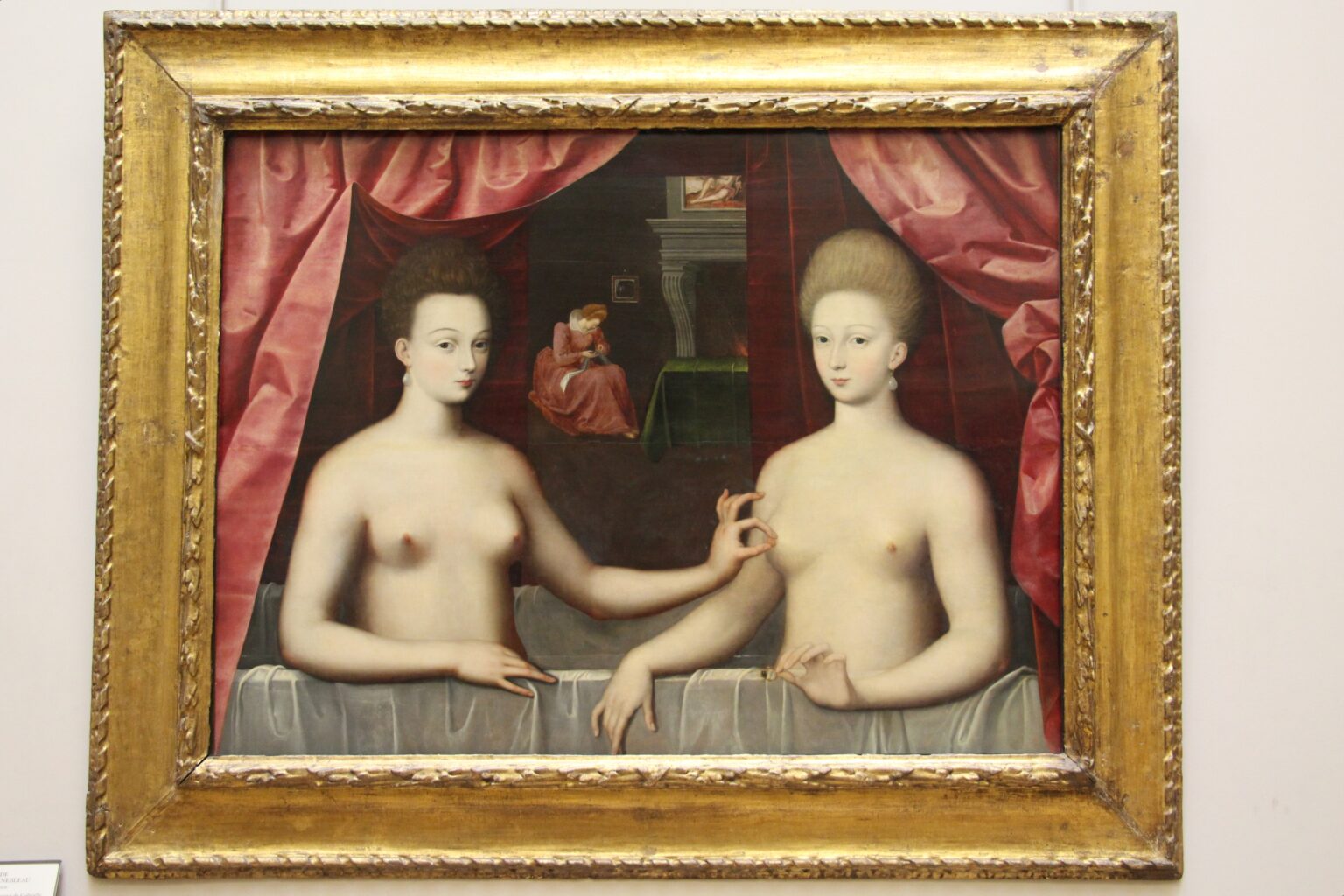
THE MEANING OF BEAUTY AND THE BEAUTY OF MEANING: THE SECRET BEHIND THE PAINTING
This anonymous painting from 1594 has troubled many a visitor to the Louvre.
A red curtain seems to open just for our curious gaze on two women in the bath. They face us and look at us, almost brazenly, one pinching the breast of the other.
Their resemblance is uncanny: same milky skin, same facial features, same hairstyle.
In the background, the lady in charge of watching them is too busy sewing to catch our gaze. And on the mantelpiece, uncovered by another unobtrusive curtain, a painting of bare legs echoes the nakedness of the women's torsos.
Although baths were rare in this period, the theme of the goddess Diana caught bathing was widespread, and the hunter-seer was always punished.
What if our punishment was to misunderstand the meaning of this scene, which may seem erotic to us when the story is quite different?
The woman on the right is Gabrielle d'Estrées, Henri IV's mistress. She holds a ring between her fingers, probably the coronation ring given to her by the king as a promise of marriage. The other woman is said to be one of her sisters, the Duchesse de Villars. And her gesture is not erotic but symbolic. It emphasises Gabrielle's future maternity. While Henri IV was officially married to Marguerite de Valois, with whom he had no children, Gabrielle soon gave him a son, then two more children, before dying at the age of 26.

